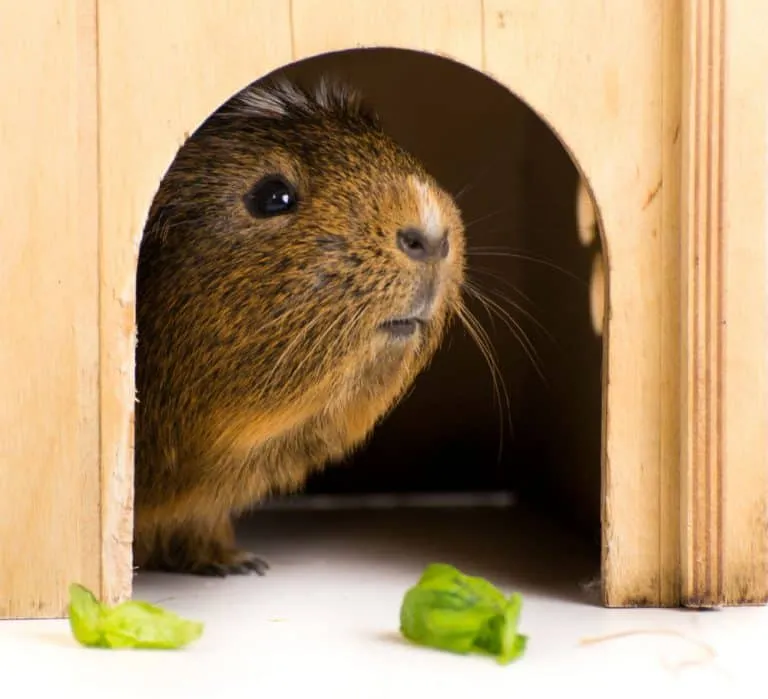Understanding the Tarantula vs Guinea Pig Dilemma
Choosing a pet is a significant decision, and when considering a tarantula versus a guinea pig, the differences are vast. These animals represent entirely different approaches to pet ownership, from their care requirements to the type of companionship they offer. This guide aims to help you navigate this decision, providing a detailed comparison to ensure you make an informed choice. Whether you are drawn to the mystique of a tarantula or the cuddly charm of a guinea pig, understanding their unique characteristics is crucial. This involves considering factors such as lifestyle, budget, and personal preferences to determine which pet best suits your needs and capabilities. Making the right decision ensures a positive experience for both you and your new companion.
Key Differences to Consider
Size and Space Requirements
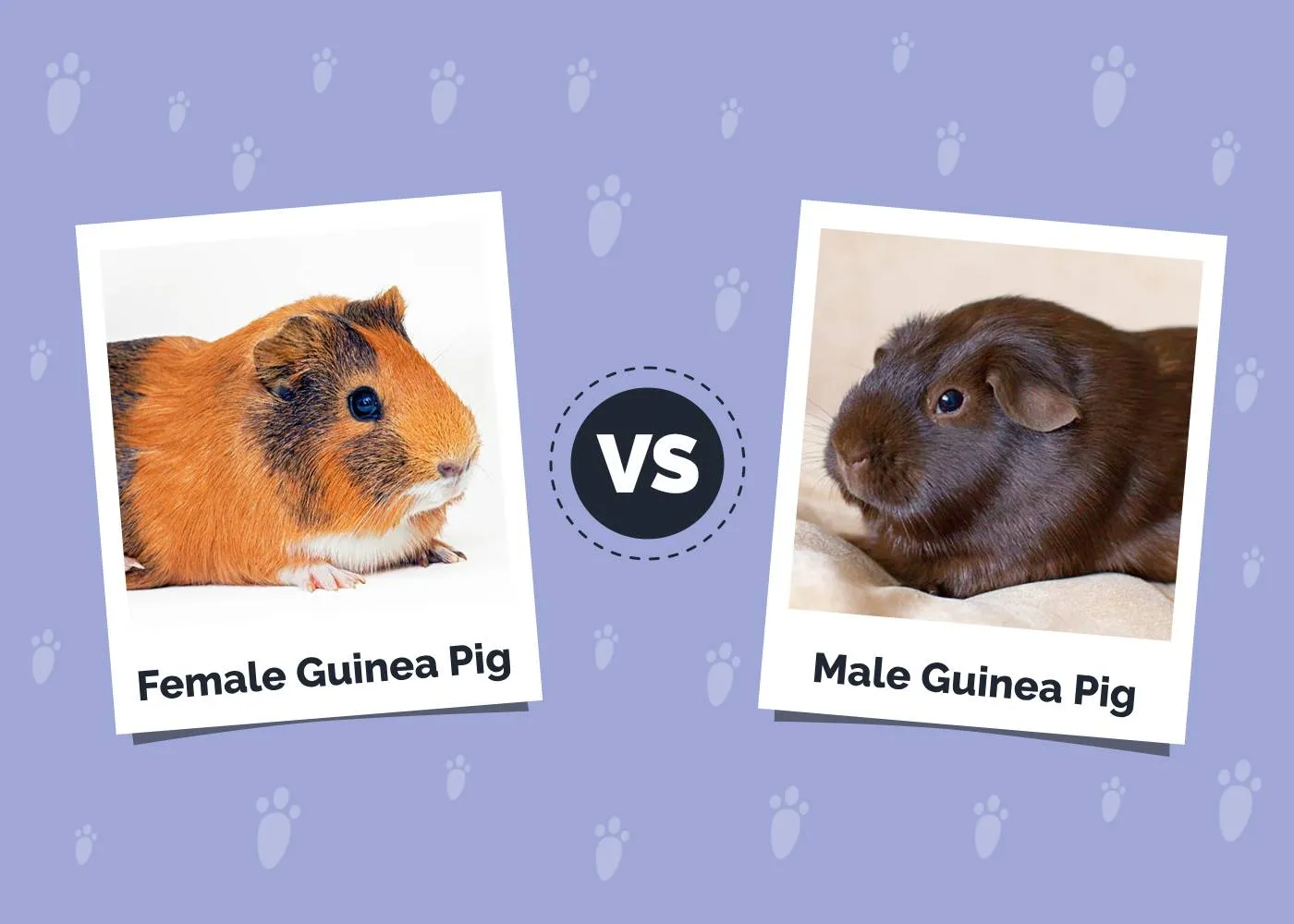
Tarantulas, while intimidating in appearance, generally require less space than guinea pigs. A well-sized enclosure for a tarantula can be relatively compact, often just a 10-gallon tank or similar. Guinea pigs, on the other hand, need significantly more space to roam and exercise. A minimum cage size for a pair of guinea pigs is around 7.5 square feet, and larger is always preferable. Considering the available space in your home is a critical first step. This includes not only the footprint of the enclosure but also the area needed for placement, accessibility for cleaning and maintenance, and the overall aesthetic fit within your living space. Failing to provide adequate space can lead to stress and health issues for either pet, making this a fundamental aspect of your decision-making process.
Grooming and Maintenance
Tarantulas are relatively low-maintenance pets in terms of grooming. They require minimal intervention beyond ensuring their enclosure is clean and their water source is available. Guinea pigs, conversely, have more extensive grooming needs. Regular brushing is necessary to prevent matting, especially for long-haired breeds. Their nails need trimming, and their environment requires frequent cleaning to manage waste and odors. The difference in maintenance directly impacts the time commitment required. If you have a busy schedule, the lower maintenance needs of a tarantula might be appealing. However, if you enjoy a more hands-on relationship and are willing to invest the time in regular grooming and cleaning, a guinea pig could be a better fit. Both require a clean environment to thrive, but the intensity of the care differs substantially.
Lifespan and Commitment
The lifespan of a pet is a significant factor when making a long-term commitment. Some tarantula species can live for over 20 years, particularly females. Guinea pigs typically live for 5-7 years. The longer lifespan of some tarantulas means a greater commitment, demanding consistent care over many years. You must consider your life stage and future plans. Will you be able to provide care for the pet throughout its entire life? The shorter lifespan of guinea pigs may be a more manageable commitment for some, but it still involves several years of care, requiring daily attention and consistent responsibility. Additionally, you should consider whether the pet will be able to provide proper care if you are not available.
Dietary Needs and Costs
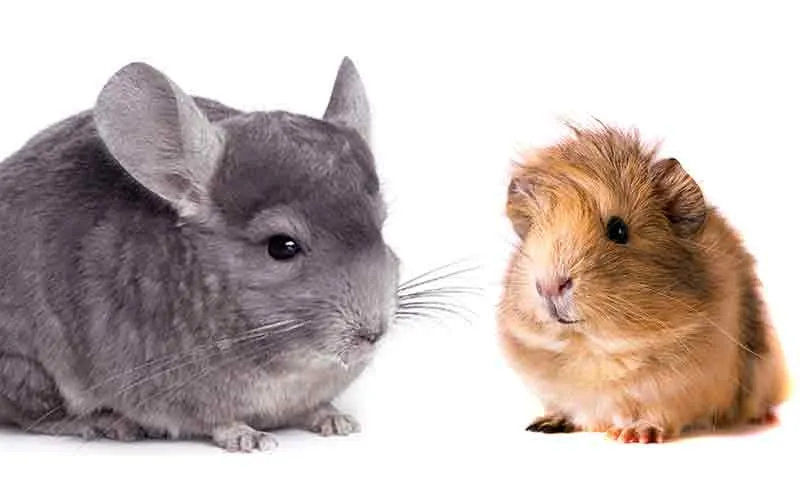
The dietary requirements of tarantulas and guinea pigs differ greatly, impacting the costs and effort involved in their care. Tarantulas are carnivores, primarily feeding on insects such as crickets, mealworms, and roaches. While these insects can be purchased relatively inexpensively, there is a need to consider the ethical concerns of feeding other living creatures. Guinea pigs, on the other hand, are herbivores with a diet consisting mainly of hay, fresh vegetables, and a small amount of guinea pig pellets. The cost of providing fresh produce can be considerable, and ensuring a balanced diet is critical for their health. Both pets require fresh water daily. Consider these factors and assess which dietary needs best suit your budget, lifestyle, and ethical considerations. The ongoing cost of food is a significant part of pet ownership.
Tarantula Characteristics
Physical Attributes
Tarantulas are spiders characterized by their hairy bodies, eight legs, and large size. Their appearance can be striking, with a wide range of colors and patterns depending on the species. Their bodies consist of two main parts the cephalothorax and the abdomen. They possess fangs for injecting venom to subdue prey. Tarantulas also have spinnerets on their abdomen to produce silk, which they use for creating webs, lining their burrows, and molting. The size of the tarantula varies considerably, with some species reaching up to 12 inches in leg span. The physical characteristics of tarantulas, while fascinating to some, can be intimidating to others, so it is important to consider your comfort level before deciding to own one. See the image of the Tarantula in the enclosure below.
Behavioral Traits
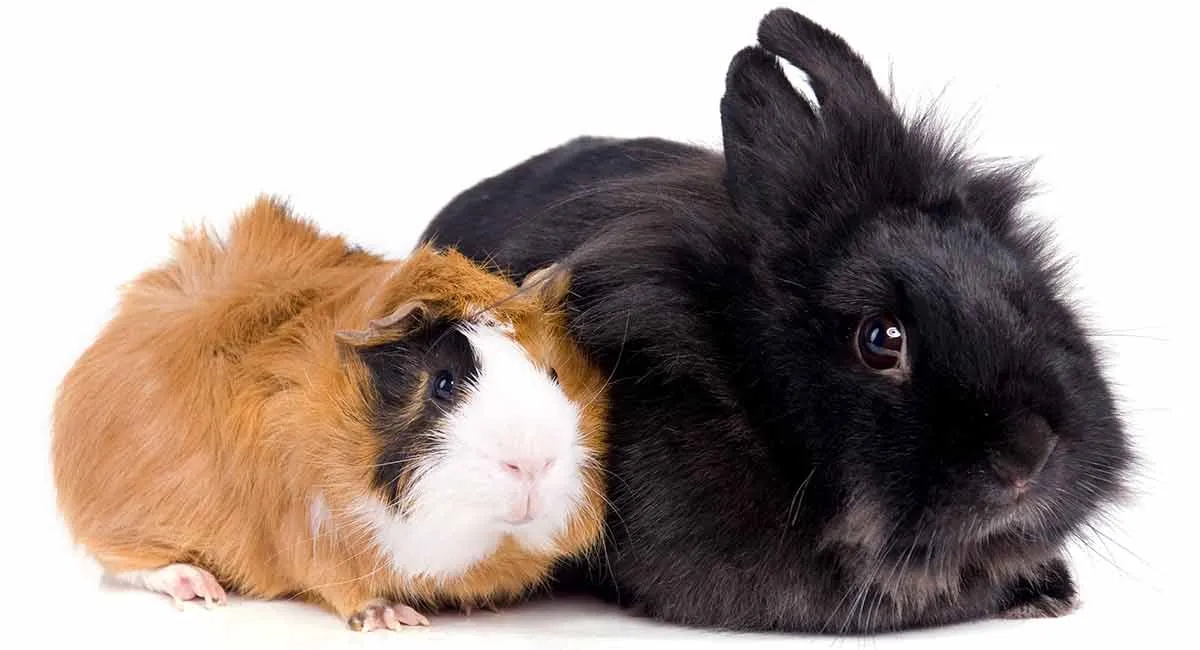
Tarantulas are generally solitary creatures, with most species spending their time in burrows or under cover. They are typically nocturnal, active during the night and resting during the day. Their behavior is often predictable and can be observed, with activities such as feeding, web-spinning, and molting. Tarantulas can be skittish and may exhibit defensive behaviors such as flicking urticating hairs from their abdomen if they feel threatened. They are not typically cuddly pets, but their presence can be fascinating for those who enjoy observing them. Handling should be kept to a minimum, as it can stress the animal. The behaviors of tarantulas are significantly different from those of more social pets like guinea pigs, so you will need to be mindful of that if you are considering purchasing one.
Habitat and Environmental Needs
Tarantulas require specific environmental conditions to thrive. Their enclosures must be secure, escape-proof, and appropriately sized for their species. The substrate should be deep enough for burrowing species to dig, and a water dish is essential. Temperature and humidity levels are critical, and owners should monitor these conditions closely. Maintaining the right environment helps prevent health issues such as dehydration or molting problems. Providing appropriate hides and decorations creates a stimulating environment. The overall setup should mimic their natural habitat as much as possible, ensuring the tarantula feels safe and secure. See the image of the Tarantula handling.
Guinea Pig Characteristics
Physical Attributes
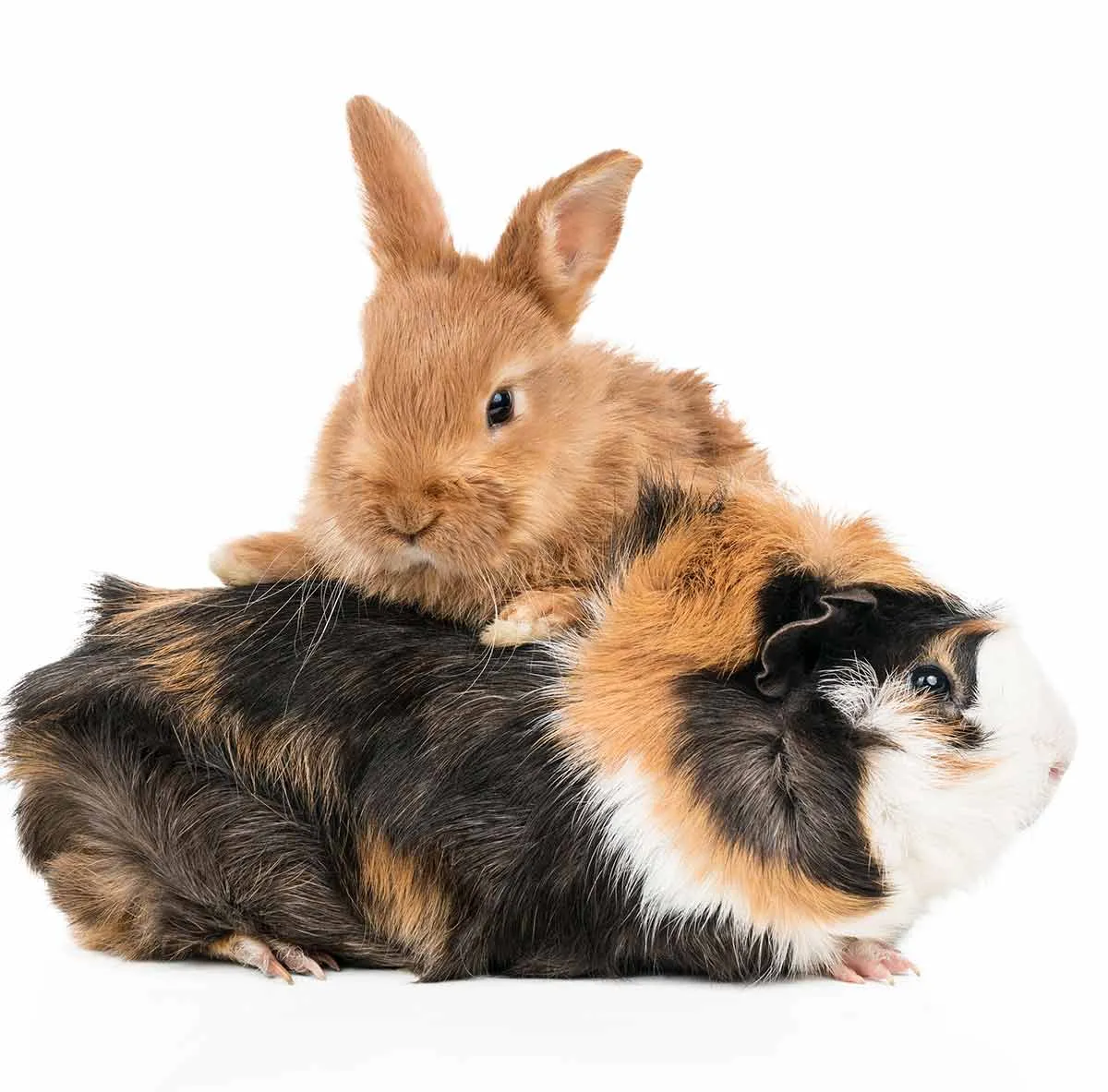
Guinea pigs are small, stout rodents with short legs, large eyes, and rounded bodies. They have a variety of coat types, including short-haired, long-haired, and hairless breeds. Their fur comes in numerous colors and patterns. They have four toes on their front feet and three on their hind feet, along with continuously growing teeth that require a constant supply of hay to wear down. Their size typically ranges from 8 to 12 inches in length, making them relatively compact. Guinea pigs’ physical characteristics make them appealing pets for those who enjoy handling and cuddling them. They also have a clear body language that communicates their feelings to their owners. See the image of the Guinea Pig in the cage.
Behavioral Traits
Guinea pigs are social animals that thrive in the company of other guinea pigs or humans. They are known for their vocalizations, including squeaks, wheeks, and purrs, which they use to communicate different needs and emotions. They are generally active during the day, with periods of rest throughout. Guinea pigs are curious and enjoy exploring their surroundings. They are relatively easy to handle and can become affectionate pets with regular interaction. Their social nature requires considering whether you can provide companionship. Guinea pigs can suffer from loneliness if kept alone, making it an important consideration when making your decision to buy one. See the image of the Guinea Pig playing.
Habitat and Environmental Needs
Guinea pigs require a spacious cage with a solid bottom, lined with appropriate bedding such as paper-based bedding or fleece. They need a clean water source, a food bowl, and a hideaway for security. The cage should be placed in a draft-free area, away from direct sunlight and extreme temperatures. Regular cleaning is essential to maintain a healthy environment and prevent respiratory issues. Enrichment items, such as tunnels, toys, and chewable items, provide mental stimulation. Providing a well-maintained environment is crucial for their health and happiness, as they are susceptible to respiratory infections and other health problems if kept in unhygienic conditions. See the image of the Guinea Pig eating.
Comparing Costs Tarantula vs Guinea Pig
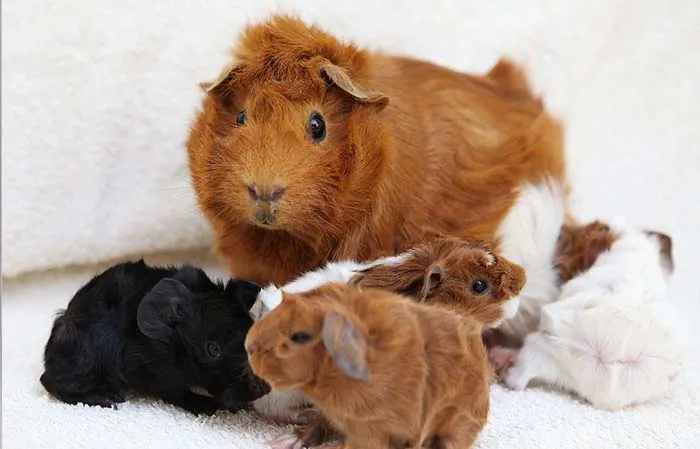
Initial Setup Costs
The initial setup costs for a tarantula and a guinea pig vary. For a tarantula, you need an enclosure, substrate, a water dish, and potentially some decorations. These costs can range from $50 to $200 or more, depending on the size and complexity of the enclosure. For a guinea pig, the initial setup costs include a cage, bedding, food and water bowls, and potentially some toys. The cost can be higher, typically ranging from $75 to $300 or more. The size of the cage significantly impacts the price, as guinea pigs require considerably more space than tarantulas. The initial setup is an important cost to consider at the start of ownership.
Ongoing Food and Supplies Costs
Ongoing costs include food, bedding, and other supplies. Tarantulas consume insects, which are relatively inexpensive, costing around $10 to $30 per month. Guinea pigs require hay, fresh vegetables, and pellets, which can be more expensive, ranging from $30 to $75 or more per month. The consumption of food for a guinea pig is much higher than for a tarantula, which is often less of a monthly expense. Bedding also needs to be replaced regularly for both animals, adding to the overall cost. The monthly costs of food and supplies will influence your decision, depending on your budget and lifestyle.
Veterinary Care Expenses
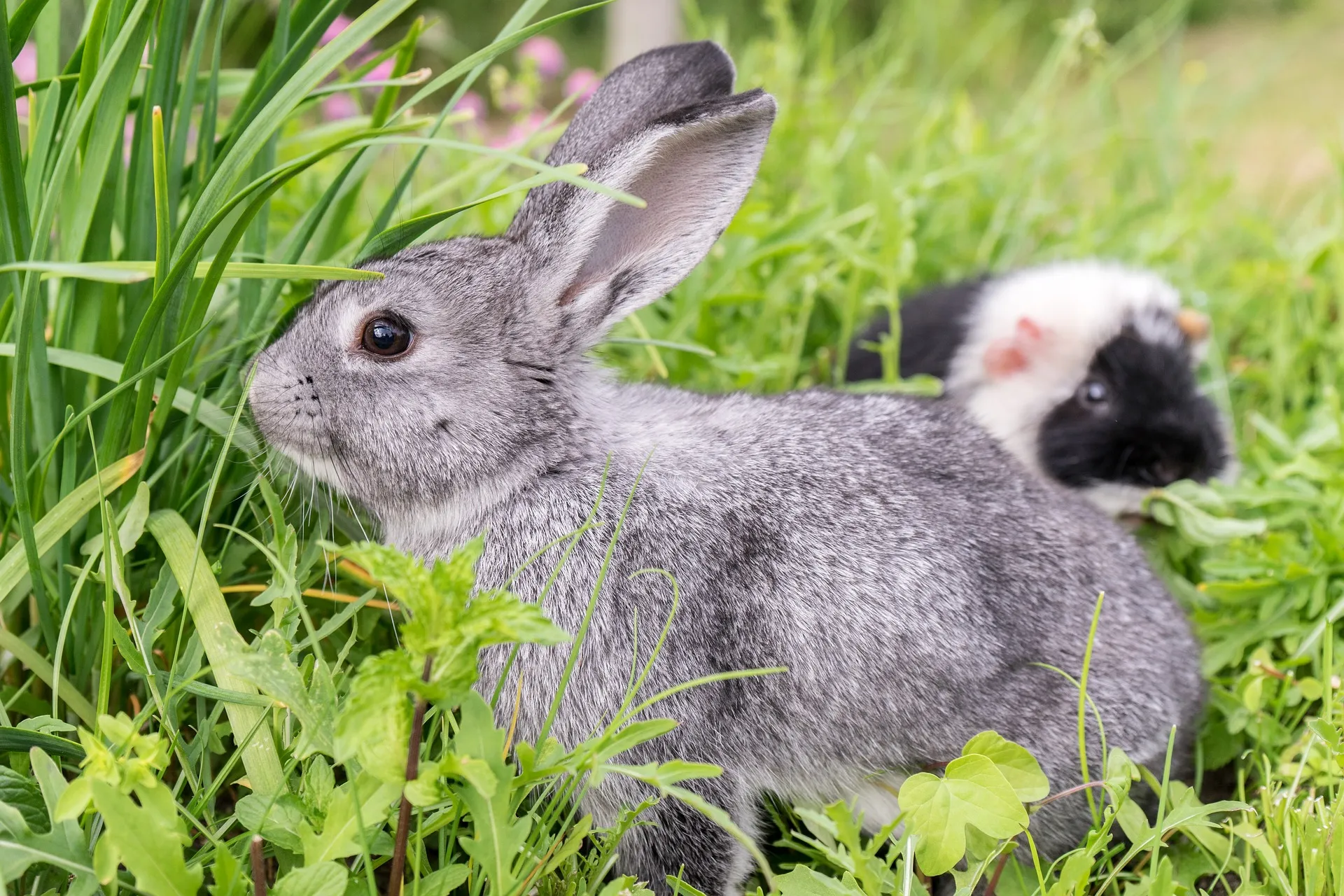
Veterinary care costs can vary. Tarantulas typically require less veterinary care than guinea pigs, as they are often seen by specialized veterinarians. Emergency visits can be expensive if a health problem arises. Guinea pigs require regular check-ups, and veterinary bills can accumulate depending on their health. Both animals require proper care to avoid health problems. While you may need to budget for unforeseen issues, you should have a good understanding of the health problems that are common for each pet. If health is a concern for your household, the expenses related to the guinea pig should be a consideration for you.
Comparing Care Difficulty
Daily Routine and Time Commitment
The daily routine for a tarantula is relatively straightforward. It involves feeding the tarantula once or twice a week, providing fresh water, and spot-cleaning the enclosure as needed. The time commitment is minimal, often taking less than 15 minutes per day. Guinea pigs require a more time-intensive daily routine. This includes providing fresh food and water, spot-cleaning the cage, and providing social interaction. Expect to spend 30 minutes to an hour each day caring for your guinea pig. Your lifestyle should determine the level of commitment required in this instance. If you have a limited amount of time, the lower time commitment of a tarantula may be more manageable.
Potential Health Issues and Treatments
Both tarantulas and guinea pigs are susceptible to certain health issues. Tarantulas can suffer from injuries during molting, parasitic infections, or issues related to their environment. Treatments often involve adjusting environmental conditions or, in some cases, medications. Guinea pigs can develop respiratory infections, dental problems, and other health issues. The veterinary costs for guinea pigs will be higher than for tarantulas. Ensuring you have a good veterinarian familiar with each animal can help you manage any potential issues. Be prepared for the possibility of health problems and have a plan for veterinary care.
Social Needs and Interaction
Tarantulas are solitary creatures and do not require social interaction. They are not cuddly pets, and handling them should be minimized. Guinea pigs, however, are social animals that thrive on interaction. They need regular interaction with humans or other guinea pigs to avoid loneliness and boredom. They enjoy being handled, petted, and played with. Consider your desire for a pet that enjoys social interaction. If you enjoy interacting with your pet, a guinea pig is a much better option. It is also important to consider the time commitment needed for your pet to provide the interaction required.
Making Your Final Decision
Lifestyle Compatibility
Your lifestyle should be a central factor in your decision. If you lead a busy lifestyle and want a low-maintenance pet, a tarantula might be a better fit. They require less daily attention and have fewer social needs. If you have more time to dedicate to a pet and enjoy interaction, a guinea pig would be a more suitable choice. Consider your work schedule, travel plans, and social activities. Your pet should fit seamlessly into your daily routine. Assess whether your lifestyle can accommodate the needs of each pet.
Personal Preferences
Personal preferences also play a vital role in your decision. Do you find tarantulas fascinating and enjoy observing unique creatures? Are you comfortable with handling insects for feeding? If so, a tarantula might be ideal. If you enjoy cuddling and interacting with a social pet, then a guinea pig is a better option. Consider your personality and what you look for in a pet. Think about what kind of pet you want. Consider the aesthetic appeal of each pet, too. This will help you to narrow down which type of pet is right for you.
Research and Preparation
Before making your final decision, thorough research is essential. Learn about the specific needs of the tarantula or guinea pig you are considering. Research their care requirements, potential health problems, and temperament. Visit pet stores or attend educational events to see the animals in person and talk to experienced owners. Ensure you have the necessary resources and equipment ready before bringing your pet home. Preparation is key to providing a happy and healthy environment for your new pet. By taking the time to research and prepare, you can ensure a positive experience for both yourself and your chosen pet. See the image of the Tarantula feeding.
In conclusion, the choice between a tarantula and a guinea pig depends on your individual circumstances, preferences, and lifestyle. Consider the differences in care requirements, costs, and the type of companionship each pet offers. Whether you choose the fascinating tarantula or the charming guinea pig, making an informed decision is essential to ensure a positive experience for both you and your new companion. Both can be rewarding pets, but their care requirements are very different. Choose wisely.
